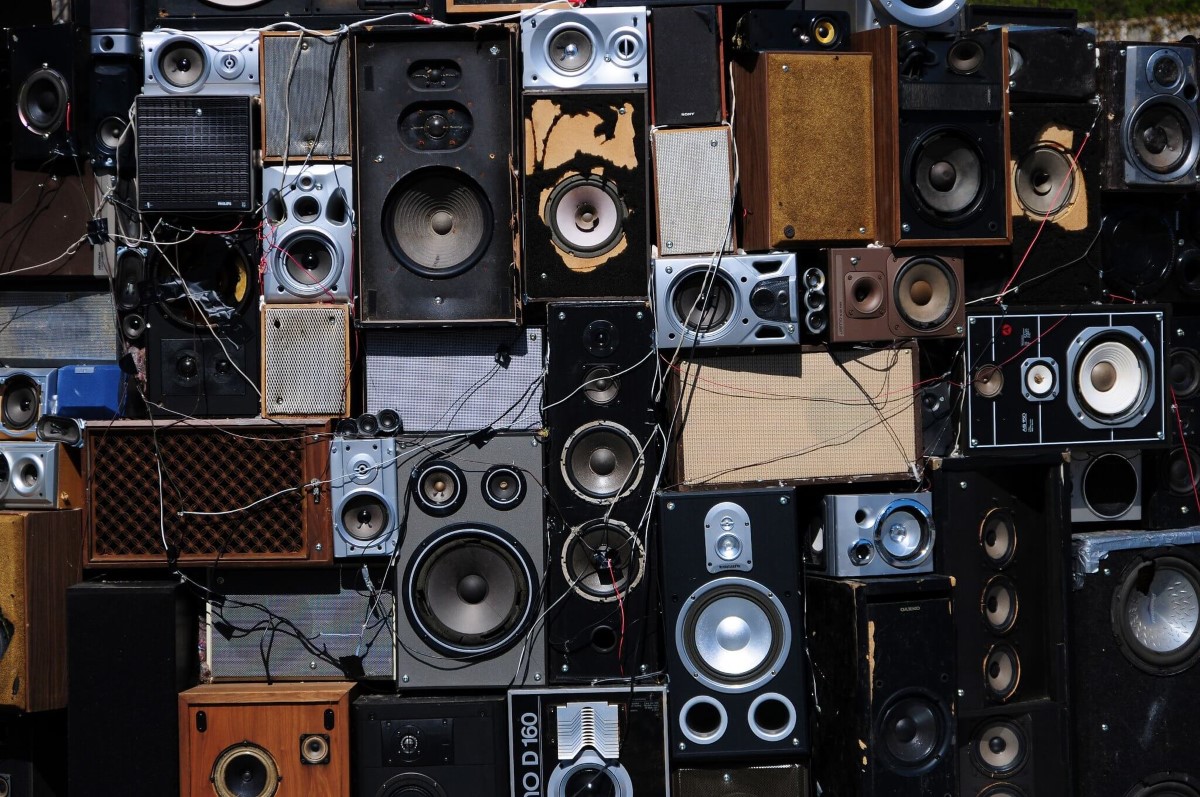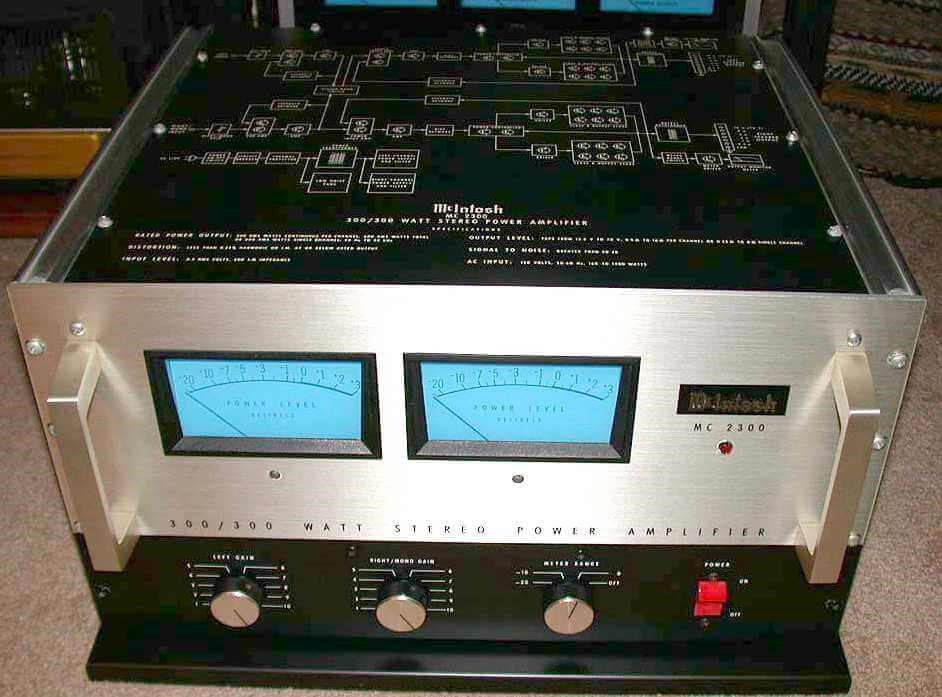
When Mcintosh audio met the Grateful Dead and the Wall of Sound
March 23, 1974 is not just any date. On that occasion, audio amplifiers McIntosh created a one-of-a-kind musical spectacle that was destined to go down in history.
From the union between the New York-based company and the Grateful Dead came the famous Wall of Sound, a veritable wall of loudspeakers and speakers that propelled the performance of "Lesh" Chapman's group in an exceptional way. It was an episode destined to find few other terms of comparison in music history, as brief as it was intense. In all of this, McIntosh played a key role, with equipment that was destined to go down in myth and that lives on to this day thanks to innovative technical solutions.
speakers and amplifiers create a true wall of sound
The magic of audio McIntosh for the Grateful Dead
The period of the so-called Summer of Love, to be dated roughly between 1965 and 1968, was full of changes and shocks. On the social level, certainly, with the consolidation of the hippy movement. But also on the musical one. The Grateful Dead themselves were among the protagonists of that period, with legendary performances at the Monterey Pop Festival, or on the polo field near San Francisco's Golden Gate Park.
But the group wanted to push themselves as far as entering a new musical dimension. The only way they could do that was to find an innovative live amplification technique. At the time, those who wanted to build a great sound system for their concerts had a clear term of comparison: Woodstock. The great Bethel event of 1968, which turned out to be a success, had shown everyone that it was possible to amplify a large area, even at different heights, effectively.
Whose amplifiers were pushing Woostock's sound system? Simple, from McIntosh. Therefore, it was almost natural for the Grateful Dead to rely on the Binghamton house.

a close-up of the McIntosh MC 2300
What is the Wall of Sound and how it was created
The Grateful Dead were mostly appreciated for their live performances. There was one problem, however. The sound of their concerts, according to those involved, was not up to par. This is where the Wall of Sound came from, a veritable wall of amplifiers designed by Alembic Inc. studios. The numbers were unprecedented. A system of 28 amplifiers McIntosh stood behind the musicians, who were handling as much as 28 thousand watts of power with their instruments. The configuration of the system was simply incredible. There were 11 independent amplification subsystems. Each individual instrument had its own dedicated channel, complete with separate speakers.
Lesh, of course, received preferential treatment. Each string on his bass guitar had its own separate channel. The same was true of Bill Kreutzmann's drums. It was not simple vanity. By separating the channels in an extreme manner, distortion and the danger of intermodulation were avoided. The goal, in addition to giving a powerful sound performance, was also to deliver quality. The Wall of Sound, in other words, was to be a stage monitor system with dynamics that could enhance all frequencies without covering certain areas of the range.
This also meant avoiding any kind of feedback or echo. To avoid this, a special microphone system was designed. Each singer had a pair of out-of-phase receivers placed at a distance of 60 mm. The voice was channeled into the first microphone, while all other signals (i.e., sound from the amplifiers), were eliminated.
What audio equipment McIntosh was used?
The Wall of Sound is the stuff of legend. Therefore, it is not surprising that it has found a place in the legendary Rock and Roll Hall of Fame and Museum in Cleveland, USA. In this short video, Howard Kramer, director of the museum until 2018, talks about the very large sound system McIntosh:
It turns out that one of the most widely used amplifiers in the large system employed by the Grateful Dead was the MC 2300 model, the "Bud Amp Man" of Jerry Garcia, the group's lead guitarist. This was a solid-state amplifier marketed between 1971 and 1980. Capable of offering 300 W per stereo channel, or 600 W mono, it provided minimal distortion, and therefore could be used even in large configurations without the danger of disturbances or technical problems. In the Wall of Sound, this iconic unit drove JBL and Electrovoice speakers.
The love of audio McIntosh goes beyond the end of the Wall of Sound
The history of the Wall of Sound was as intense as it was short. This amplification system equipped with McIntosh audio equipment was used from March to October 1974, when it was dismantled because it was deemed impractical. However, some members of the group, foremost among them Jerry Garcia, continued to use the New York-based company's devices, such as the aforementioned MC 2300. Even Bob Weir, historical voice of the group, still relies on the brand's products today.
The direct "descendants" of this fantastic amplifier were theMC 2500, sold until 1990, and theMC 2600, available until 1995.
Before closing, we want to leave you with this short video by Scott Strandberg, where you can appreciate the 3D reconstruction of the Wall of Sound:
Did you know the history of the Grateful Dead's Wall of Sound?
the images used in this article:
"Grateful Dead" by Mexicaans fotomagazijn is licensed under CC BY-NC 2.0
"File:Mcintosh MC-2300 Front.jpg" by Awgrasso is licensed under CC BY-SA 4.0
"10.04.2012 " by isar21 is licensed under CC BY-NC-ND 2.0
"1993-06-26_dead.jpg" by kirklimon is licensed under CC BY-NC-SA 2.0